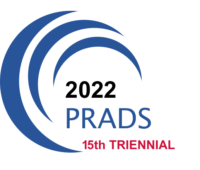Plenary Lectures
Odd Magnus Faltinsen
Centre for Autonomous Marine Operations and Systems (AMOS), Norwegian University of Science and Technology, Trondheim, Norway
Lecture: Slamming load effects on ships and marine structures
Slamming is of concern for structural design of ships, offshore platforms, lowering of subsea structures through the splash zone, accidentally dropped objects and launching of free-fall lifeboats from offshore platforms. Slamming on ships and sea structures causes both local and global structural response and ought to be coupled with structural mechanics to find important time scales of the many physical effects associated with slamming. Hydroelastic slamming has analogy to transient response of a mass-spring system. Important factors are the ratio between slamming duration and important structural natural periods, the time history of loading, added mass and slam damping. If the time scale of a fluid mechanic effect such as liquid compressibility or gas cavity oscillations is very small relative to the structural natural periods associated with maximum structural stress, the details of the fluid mechanic effect does not matter. Hydroelasticity of concrete shells, horizontal plates and wedge-shaped cross-sections during drop tests are theoretically discussed and partly compared with experiments. Both the water-entry and water-exit phase matter in describing the global load effect due to wetdeck slamming on catamarans and offshore platforms. Bow slamming and whipping of ships are discussed with emphasis on modelling of slamming in an engineering context. Sloshing-induced slamming in prismatic LNG tanks is perhaps the most complicated slamming problem because many fluid-mechanic and thermodynamic parameters as well as hydroelasticity may matter. Further, complicated in-flow scenarios of slamming may appear due to violent sloshing. The consequence is that both computational tools and model test scaling are limited.
Odd Magnus Faltinsen has worked on broad aspects of hydrodynamics of displacement ships, high-speed craft, offshore structures, and fish farms. Faltinsen was born in 1944 in Stavanger, Norway, and obtained a cand. real. degree in applied mathematics at the University of Bergen in 1968 and a PhD degree in Naval Architecture and Marine Engineering in 1971 at the University of Michigan. He was employed by DNV from 1968 to 1974, was dosent in marine technology from 1974 to 1976 and professor of Marine Hydrodynamics from 1976 at NTNU. Faltinsen is the author of the three textbooks published by Cambridge University Press. He has authored more than 500 publications in scientific journals, conferences, and books, and given about 50 keynote and honours lectures. He gave the 15th Georg Weinblum Lecture, 1992-1993.He received the Fridtjof Nansen’s award for outstanding research in science and medicine in 2011. The 26th International Workshop on Water Waves and Floating Bodies held in Athens on April 17-20, 2011, was dedicated to Professor Odd M. Faltinsen. The “Professor Odd Faltinsen Honoring Symposium on Marine Hydrodynamics” was arranged at OMAE 2013, Nantes, France in June 9-14, 2013. He received the OOAE Division-ASME Lifetime Achievement Award in June 2013 and the Council of the Confederation of European Maritime Technology Societies Award in 2017. Faltinsen is elected member of Norwegian Academy of Science and Letters, The Royal Norwegian Society of Sciences and Letters, corresponding member of Croatian Academy of Sciences and Arts, foreign member of the National Academy of Engineering, USA, and the Chinese Academy of Engineering.
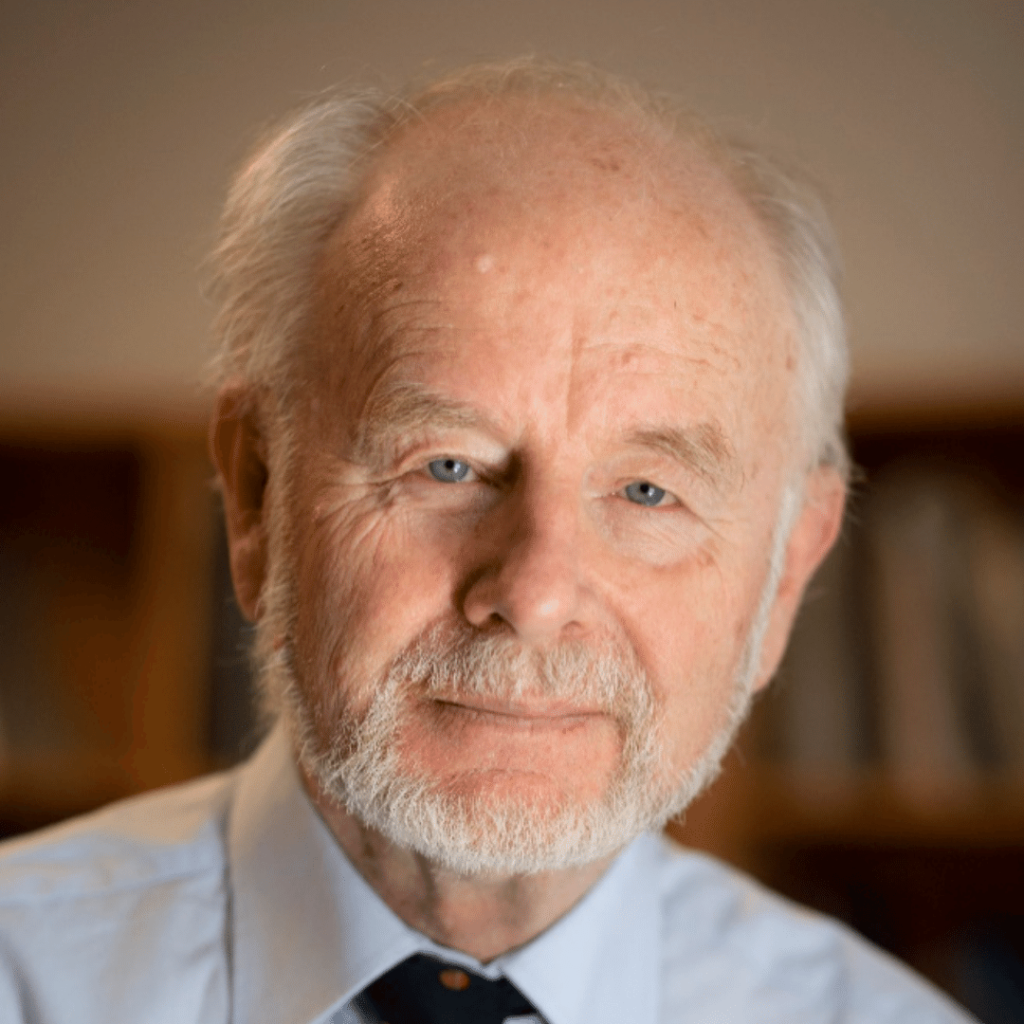
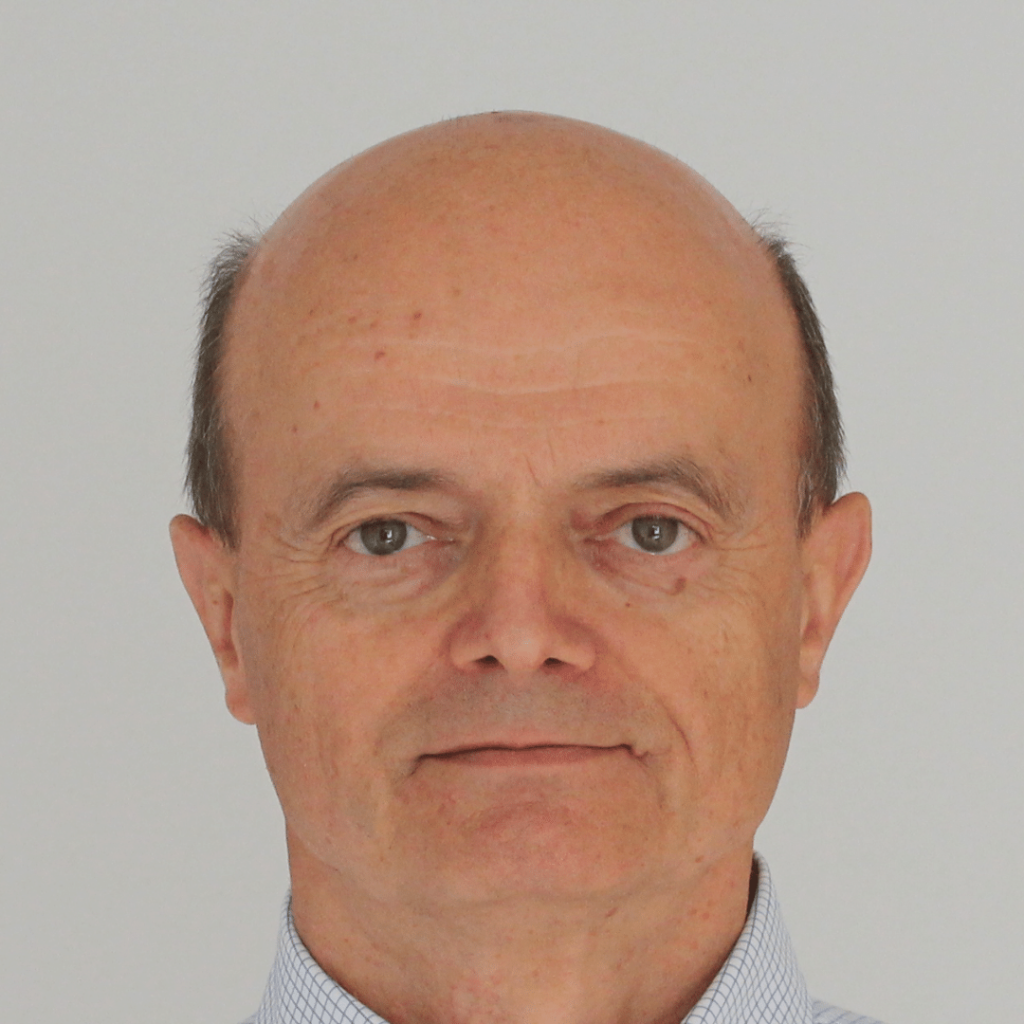
Milovan Perić
Institute of Ship Technology, Ocean Engineering and Transport Systems (ISMT), Faculty of Engineering, University of Duisburg-Essen, Germany
Lecture: The Role of CFD in Ship Design and Optimization
In this presentation, the growing role of Computational Fluid Dynamics (CFD) in the process of ship design and optimization will be addressed. In early stages, CFD was used to predict resistance of bare hulls, but due to rapid development of CFD techniques, it is nowadays used for more complex tasks. The major milestones in CFD development include: (i) moving grids, which allow for accounting of propeller and rudder motion relative to hull; (ii) interface-capturing methods for free surface flows, allowing to account for wave breaking, ventilation and trapped air; (iii) dynamic fluid-body interaction, allowing for a simultaneous computation of flow and flow-induced motion of floating bodies; (iv) automatic generation of computational grids made of arbitrary polyhedral control volumes, allowing handling of complex geometry without simplification, etc. In addition to advances in computational methods, physics models (in particular to account for turbulence and cavitation) and increasing computing power allowed stepping up from component analysis to simulations at system level. It is nowadays possible to account in a single simulation for interactions between water flow, wind, ship motion, propeller rotation and rudder motion relative to moving hull, cavitation on propeller blades and rudder, ventilation, wave impact etc. The use of CFD will increase further in future, with major trends including (i) improvement of computing performance by using GPUs, (ii) automatic solution-adaptive grid refinement for an optimal use of resources, (iii) automatic multi-objective optimization of geometry and process parameters, and (iv) ever advancing physics models (especially scale-resolving turbulence and cavitation models). Examples from recent simulations will be used to highlight some topics.
Milovan Perić studied mechanical engineering in Sarajevo and obtained PhD degree at Imperial College in London in 1985 for his work on CFD methods for complex geometries. He worked as research assistant and lecturer at the Universiuty of Erlangen from 1986 to 1991, spent one year (1992) as a visiting scholar at Stanford University, and in 1993 became professor of fluid dynamics at the Institute of Shipbuilding in Hamburg. In 1997, he founded with co-workers a private company which developed and marketed a state-of-the-art CFD-code “Comet”, which had many features dedicated to naval hydrodynamics. The company and the code were sold to CD-adapco in 2002 and Milovan with most of his team left university to work on further software development. At CD-adapco Milovan held positions of the director of software development, director of technology and lastly vice president of technology. In 2014, he started an independent consulting business but continued to work mostly for CD-adapco and, after it was taken over by Siemens in 2016, for the new owner. In 2016 he was elected member of the Faculty of Engineering at the University of Duisburg-Essen (without employment), teaching applied CFD and supporting professor Bettar el Moctar at the Institute of Ship Technology, Ocean Engineering and Transport Systems. He has published with J.H. Ferziger and R.L. Street a popular book on CFD and is author or co-author of over 200 papers and chapters in edited books.
Jørgen Juncher Jensen
Department of Mechanical Engineering, Fluid Mechanics, Coastal and Maritime Engineering, Technical University of Denmark (DTU), Lyngby, Denmark
Lecture: Extreme value predictions and critical wave episodes for marine structures
A discussion of useful stochastic procedures for stochastic wave load problems is given, covering the range from slightly linear to strongly non-linear (bifurcation) problems. The methods are: Hermite transformation, Critical wave episodes and the First Order Reliability Method (FORM). The procedures will be illustrated by results for e.g. wave bending moment in ships, intact stability assessment of ships and overturning of a jack-up rig.
Jørgen Juncher Jensen is Professor Emeritus in Maritime Engineering at the Department of Mechanical Engineering, working with wave induced stochastic load and response processes for marine structures. He was born in Copenhagen, Denmark in 1947, where he obtained MSc and PhD degree in Mechanical Engineering in 1972 and 1975, respectively. Professor Jensen worked at DTU from 1974 to 2017 and during his career he published number of papers and received number of awards, as for instance: Direktør P. Gorm-Pedersens Prize in 1977, Bronze Medal from Royal Society of Naval Architects in 1980, Alexander Foss Gold Medal in 1993, Statoil Prize in 1995, Dr. techn. Mechanical Engineering in 1995, SNAME Davidson Medal in 2014, Thirty-seventh Georg P. Weinblum Memorial Lecturer in 2014, Peachman Lecturer in 2018, etc. His focus is on hydro-elastic responses and much of the research is done within the theory of conditional stochastic processes.
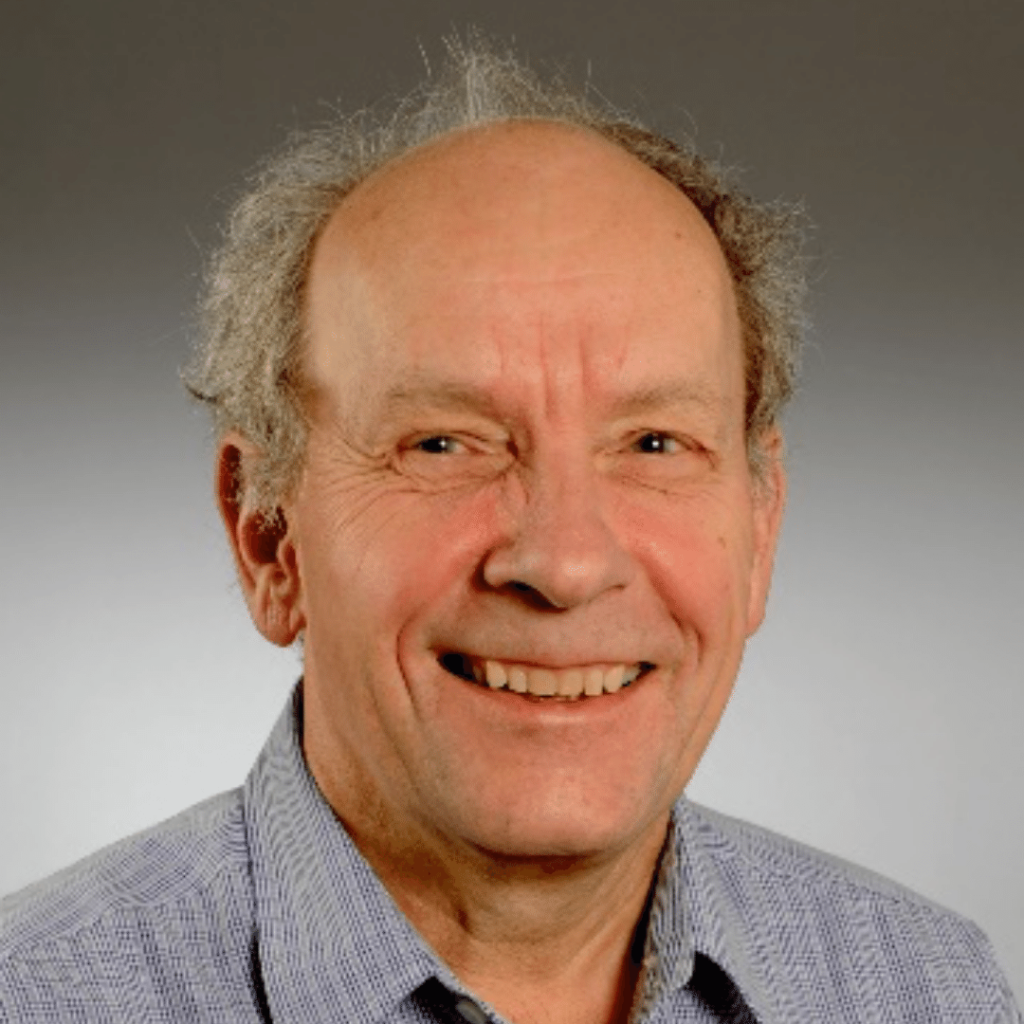
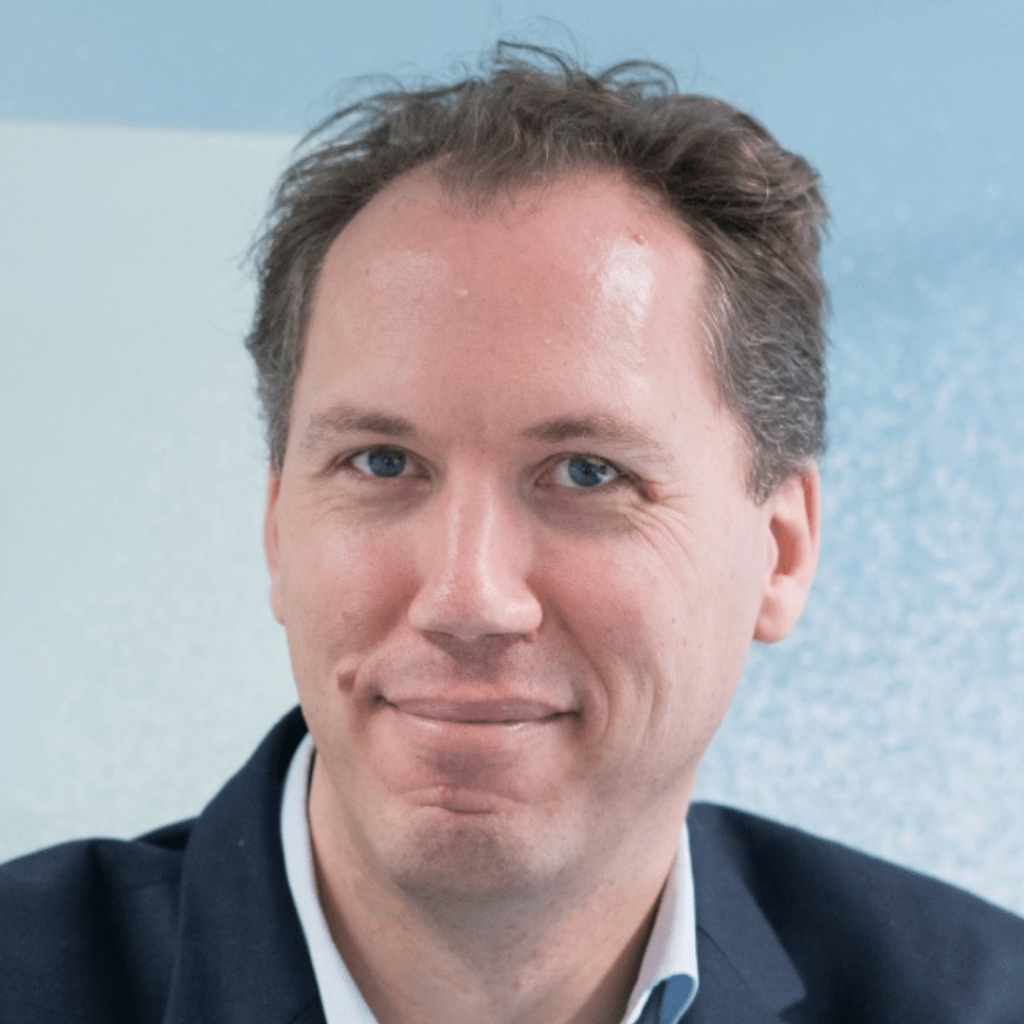
Quentin Derbanne
Bureau Veritas Marine & Offshore, Research Department, Saint-Herblain, France
Lecture: Brief history of rule loads and longitudinal strength of ships
Class Society rules have always played a major role in ship design. However, it is often difficult to understand how and why these rules were made. In the old days, the rules were only based on empirical formulations giving the required scantling of plates and stiffeners, depending on the ship size. Today we have moved from an empirical approach to a more physical and statistical approach, based on first principles: the rules are now based on load formulations representative of 25 years of navigation in North Atlantic, and several structural limit state criteria (yielding, buckling, fatigue…). But some formulations, such as the minimum section modulus, the minimum inertia, the material factor or the wave vertical bending moment, have been developed more than 50 years ago, at a time where the direct approach was not feasible. I will bring you to a journey, from 1930 to 2022, describing how these rules formulations were made, trying to understand their technical background, looking at the most recent developments, and trying to see how we could update some of them.
Quentin Derbanne is graduated from Ecole Polytechnique (2000) and has a Naval Architecture degree (2002). He joined the French Defense Ministry in 2002, working as a seakeeping expert in the French Navy Hydrodynamic Laboratory. In 2009 he joined Bureau Veritas in the Hydro-Structure section of the Research Department. Since 2014 he is Director of the Research Department, and Scientific Director since 2019. His research activities cover both theoretical and practical aspects of ship and offshore hydrodynamics (potential flow, first and second order, CFD…), hydro-structure interactions (quasi static and hydroelastic coupling, local and global), structural integrity (fatigue, yielding, buckling…), design methodologies (sea state statistics, definition of design conditions, response based design, design waves, reliability analysis…) and rule development. His main goal is to try to close the gap between the rule approach, based on prescriptive and empirical formulae, and the direct computation approach, based on first principles.
